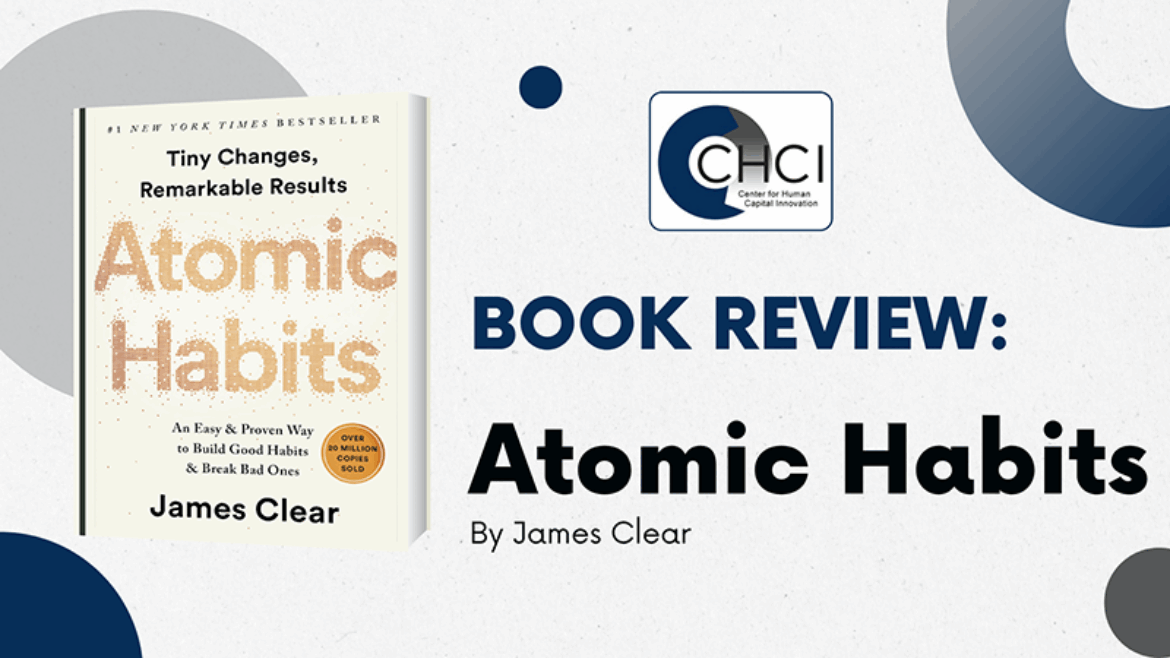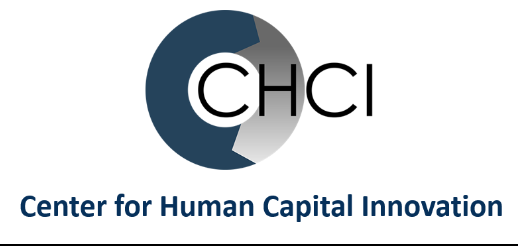
“Atomic Habits” – Harnessing the Power of Habits to Shape Performance
James Clear: “Atomic Habits” (Avery, 2018). ISBN: 978-0735211292
Habits are more than just actions repeated over time; they embody and reinforce who we are, shaping both individual and organizational identities. James Clear, renowned for his book Atomic Habits, offers insights particularly relevant for leaders aiming to cultivate effective behaviors across their organizations. Clear’s methodology provides practical, science-backed strategies that translate into organizational contexts, helping employees replace ineffective habits with productive ones.
The Link Between Identity and Habits
At the core of Clear’s philosophy is the principle that habits define identity, and, in turn, identity shapes habits. Each habit is essentially a vote for the type of person—or professional—you wish to become. For organizational leaders, this insight means that building habits in employees should be strategically approached by aligning desired behaviors with organizational values and culture.
When employees perceive their habits as reinforcing their professional identity—such as becoming effective communicators, proactive collaborators, or innovative thinkers—they are intrinsically motivated to sustain these habits. Instead of telling employees what behaviors are desirable, they can be empowered through identity-focused motivation.
Clear advises that habit formation should not merely list outcomes but reflect a deeper question: “Who do we wish to become?” Applying this within organizations, leaders can motivate certain behaviors through desired identities. For example, rather than emphasizing punctuality alone, frame the habit around becoming a “reliable professional.” Instead of solely encouraging teamwork, nurture an identity of “collaborative innovator.”
The Science of Habit Formation
Habit formation is integral to strategic change initiatives. Whether implementing digital transformation, cultural shifts, or performance management systems, grounding these initiatives in Clear’s habit principles ensures sustainable behavior change.
Clear outlines a four-step process essential for habit formation:
- Cue: Triggers that initiate a behavior.
- Craving: The motivational force behind a behavior.
- Response: The actual behavior.
- Reward: The end benefit reinforcing the behavior.
Understanding this loop is pivotal for anyone aiming to shape behaviors. For example, if the goal is to cultivate greater collaboration, a manager might introduce environmental cues such as structured daily stand-up meetings or weekly team reflections that trigger collaboration. When these collaborative moments are rewarding and positively reinforced, the habit of collaboration becomes deeply embedded in organizational routines.
Clear’s two-minute rule, says that when starting a new habit, you should scale it down to a version that can be completed in under two minutes. The intention behind this rule is to make habits easier and less intimidating, dramatically reducing resistance and inertia. This approach helps overcome the crucial initial step in building sustainable, long-term habits.
Applying Clear’s Four Laws of Behavior Change in Organizations
Clear provides strategies that can be leveraged to encourage good habits and diminish unwanted ones:
1. Make It Obvious
Visibility matters. To make habit adoption easier, design workspaces and use visual cues to encourage desired behaviors. For instance, use decals or bright stickers or even desktop backgrounds or screen savers with reminders for the intended habit. Leaders should deliberately remove cues that trigger undesirable habits, such as limiting distractions in office spaces or setting clear digital communication protocols.
2. Make It Attractive
People naturally gravitate toward behaviors they find rewarding or enjoyable. Integrate rewards that genuinely motivate employees. Using the dopamine-driven anticipation of rewards, the power of positive expectation can significantly increase habit adoption through recognition programs, clear career development pathways, or even gamified milestones. Highlighting future rewards or celebrating anticipated achievements motivates sustained engagement and performance.
3. Make It Easy
Simplicity is powerful. Clear advocates starting small, emphasizing the principle of least resistance. Leaders should simplify processes so habits become automatic with minimal friction. Short daily huddles rather than lengthy meetings, streamlined feedback processes, and user-friendly digital tools—like peer recognition platforms to build a habit of appreciation—help employees easily adopt beneficial habits. Clear’s “Two-Minute Rule”, for example, can be adapted for an organization by breaking down complex tasks into simpler actions, such as replacing a team update report with a simple template form to reinforce the habit of sharing project updates, helping teams overcome inertia and engage consistently.
4. Make It Satisfying
Immediate rewards reinforce habits. Organizational behaviors become entrenched when their rewards are swiftly recognizable, and immediate satisfaction makes sustained behavioral change more attainable. Leaders can establish feedback loops that immediately acknowledge positive actions, reinforcing habits through direct recognition or quick wins. For instance, an HR department can implement real-time recognition systems or instant feedback mechanisms for employees to receive prompt validation.
Accountability and Awareness
Implementing these principles requires leadership accountability. Leaders themselves must model desired habits, visibly demonstrating behaviors aligned with organizational values and seeking out resources, coaching, and continuous reinforcement to improve their own habits.
It is also recommended that organizations regularly evaluate the efficacy of habit-based initiatives, leveraging feedback to refine approaches. Clear emphasizes awareness as key, noting “Awareness is the first and most critical piece for building good habits and breaking bad ones.” This means constant reflection on the habits that are being adopted or abandoned.
Overcoming Bad Habits
Just as important as building good habits is eliminating detrimental ones. Clear suggests making bad habits inconvenient or unattractive and recommends using the inverse of the Four Laws to break bad habits:
- Inversion of the 1st law (Cue): Make it invisible.
- Inversion of the 2nd law (Craving): Make it unattractive.
- Inversion of the 3rd law (Response): Make it difficult.
- Inversion of the 4th law (Reward): Make it unsatisfying.
Managers and other organizational leaders can apply this by restructuring the environment—physically or digitally—to reduce ease and visibility of undesired behaviors. For instance, discouraging after-hours emails by disabling automatic notifications during non-working hours can promote a healthier work-life balance, indirectly improving employee well-being and productivity.
Conclusion: The Power of Conscious Habits
James Clear’s insights offer leaders a practical toolkit to cultivate intentional, impactful habits that strengthen organizational identity and drive performance. Aligning behaviors with clearly defined organizational values, simplifying habit adoption, ensuring immediate rewards, and strategically dismantling ineffective habits can powerfully shape both employee experience and organizational success. Ultimately, habits—small and consistent daily actions—define an organization’s identity, inspire a robust culture, and propel lasting success.
Where do you struggle with work habits? Where have you been successful in adopting a new work habit?
Leave a comment below, send us an email, or follow us on LinkedIn.


Leave A Comment